#space-telescope
Explore tagged Tumblr posts
Link
Astronomy Daily - The Podcast: S03E171 Welcome to Astronomy Daily, your go-to source for the most recent space and Astronomy news. I'm Anna, your host for today's cosmic journey, where we'll embark on an action-packed exploration of our solar system and beyond. From celestial spectacles to cutting-edge research, we've got a stellar lineup of stories. Highlights: - Draconid Meteor Shower Delight: Get ready for a celestial spectacle as the Draconid meteor shower lights up the night sky. Known for its potential meteor storms, this year's peak on October 7 promises a treat for stargazers. With meteors visible across the sky, it's a cosmic dance you won't want to miss. - International Space Station Update: Aboard the ISS, astronauts Butch Wilmore and Suni Williams prepare for their return journey on the SpaceX Crew-9 Dragon spacecraft. This mission highlights the collaboration between NASA and commercial partners, ensuring continuous human presence in low Earth orbit. - Long-term Space Travel and the Human Brain: New research reveals the effects of galactic cosmic radiation on the brain, crucial for future Mars missions. Findings from mice studies underscore the importance of protective measures for astronauts on extended space journeys. - James Webb Space Telescope's Latest Discovery: The James Webb Space Telescope captures a distant supernova, potentially solving the Hubble tension in cosmology. This discovery offers hope for understanding the universe's expansion rate. - Earth's New Mini Moon: Meet Earth's temporary celestial companion, a small asteroid named 2024 PT5. Captured by Earth's gravity, this mini moon offers a fascinating glimpse into our dynamic cosmic neighborhood. - Curiosity Rover's Mars Mission Update: Despite significant wear and tear on its wheels, NASA's Curiosity rover continues its mission on Mars. Lessons learned from Curiosity's journey have informed the design of newer rovers, showcasing NASA's ingenuity in planetary exploration. For more space news, visit our website at astronomydaily.io. Sign up for our free Daily newsletter, catch up on the latest space news with our constantly updating newsfeed, and listen to all our back episodes. Don't forget to follow us on social media. Find us under #AstroDailyPod on Facebook, X, YouTubeMusic, and TikTok. We love interacting with our listeners and sharing even more celestial content. Thank you for tuning in. This is Anna signing off. Until next time, keep your eyes on the skies and your mind in the stars. Keep looking up.
#astronomy#comet-21p/giacobini-zinner#cosmic-dust#cosmic-neighborhood#cosmic-radiation#curiosity-rover#draconid-meteor-shower#galactic#hubble-tension#international-space-station#james-webb#mars-missions#mini-moon#nasa#near-earth#roscosmos#space-exploration#space-telescope#spacex-crew-dragon#supernova-hope
1 note
·
View note
Text
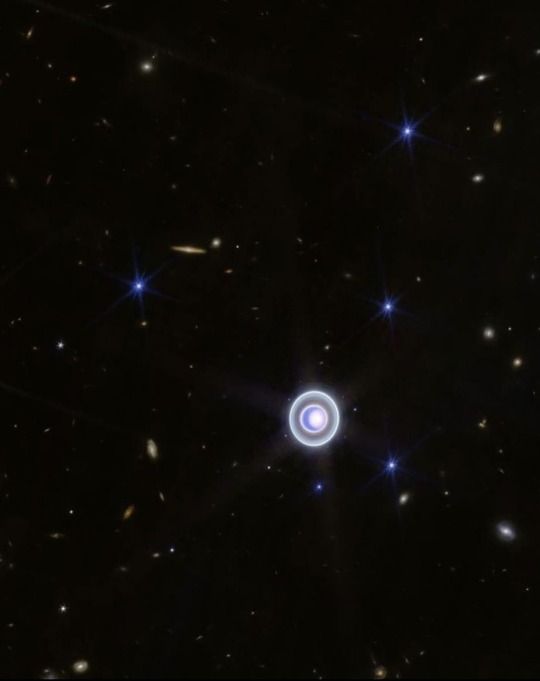

NASA’s new images of Uranus captured by James Webb Space Telescope (2024)
31K notes
·
View notes
Text
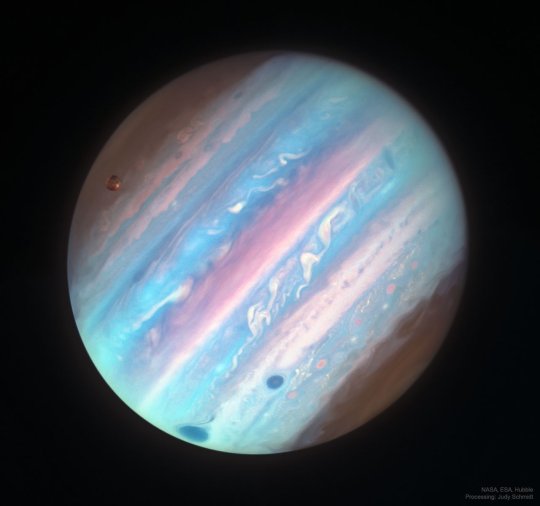
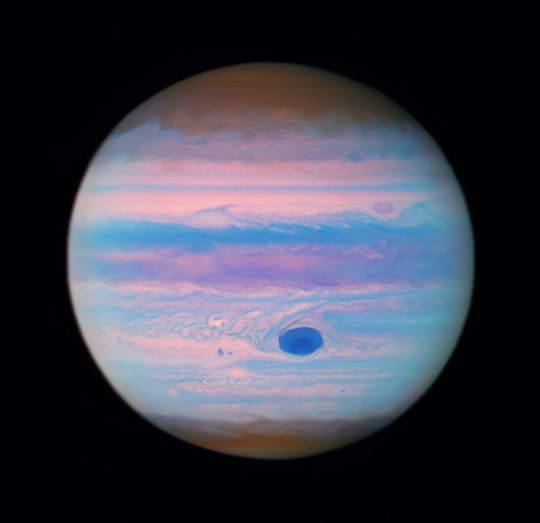
Jupiter in Ultraviolet from ESA/Hubble
#space#jupiter#astrophotography#nasa#hubble space telescope#universe#planet#solar system#galaxy#astronomy#cosmos
19K notes
·
View notes
Text
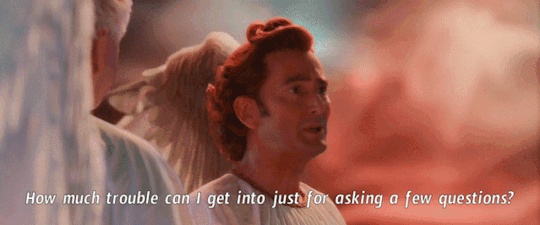

It was Crowley.
#nasa#james webb space telescope#space#crowley#good omens#neil gaiman#good omens 2#galaxy#galaxies#david tennant
30K notes
·
View notes
Text



Supermoon by garrastro.
#moon and stars#moon#moon aesthetic#moon photography#stars#star#space#nasa#alternative#aesthetic#dark academia#dark academic aesthetic#dark aesthetic#aestheitcs#dark#art#light acadamia aesthetic#light academia#sky#telescope#hubble
4K notes
·
View notes
Text

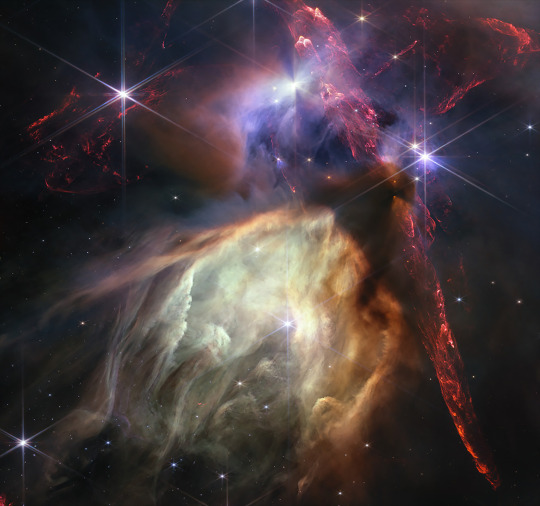
Rho Ophiuchi cloud cluster
~Happy anniversary to the James Webb Space Telescope~
28K notes
·
View notes
Text

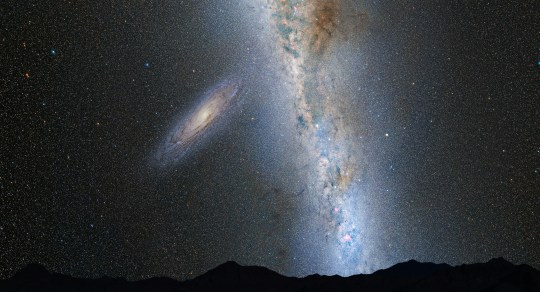



(by NASA Hubble Space Telescope)
#upl0ad5#landscape#NASA Hubble Space Telescope#space#night#milky way#galaxy#nasa#Andromeda Galaxy#aesthetic#photography#photoset
5K notes
·
View notes
Text
Close up of Pluto from the New Horizons space probe.
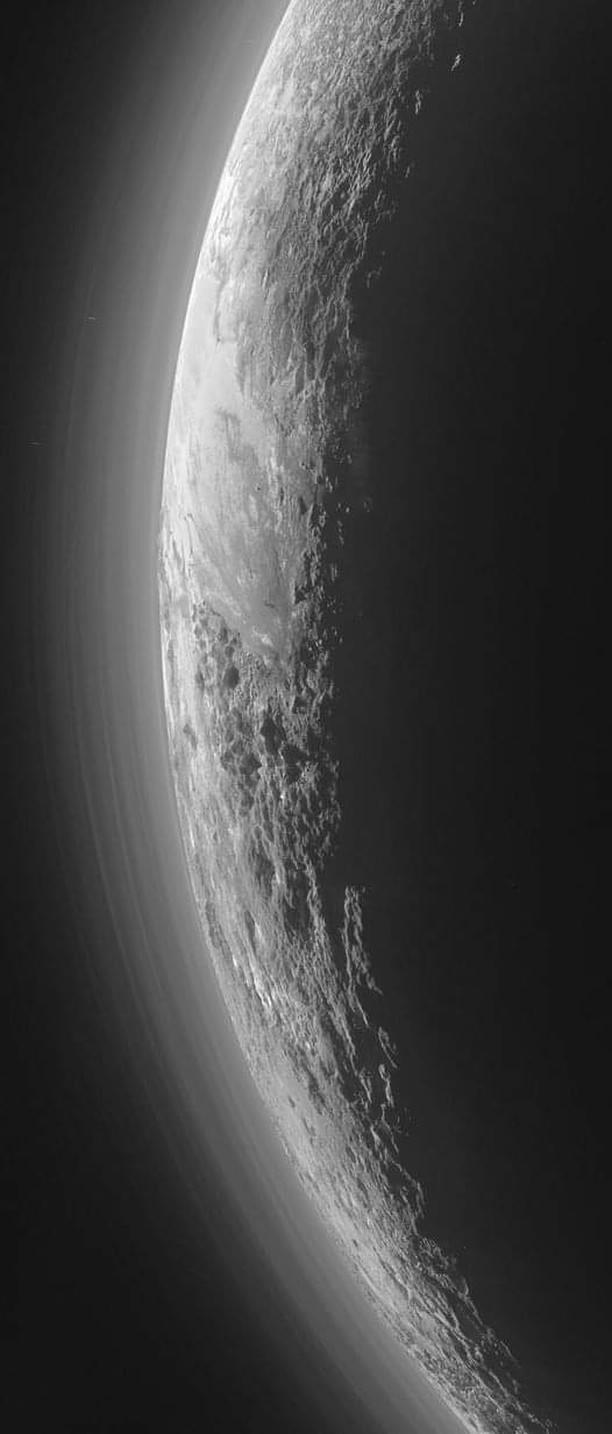
Will be adding several more photos to this same post


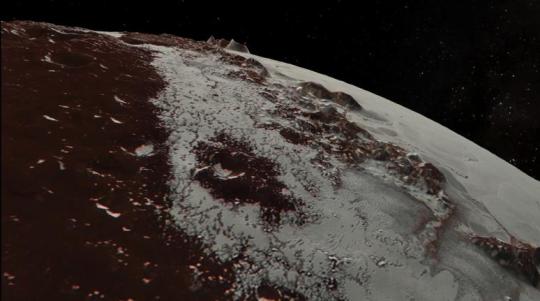
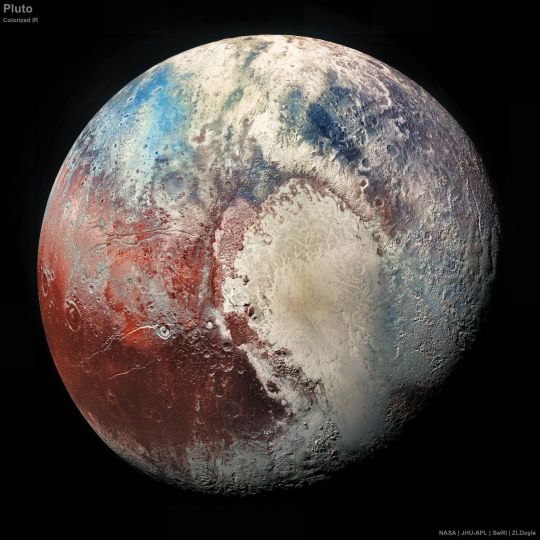
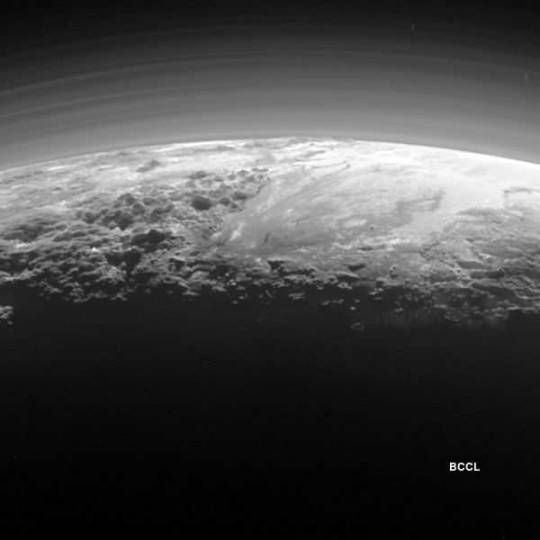
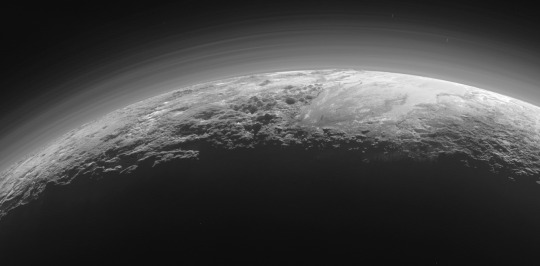
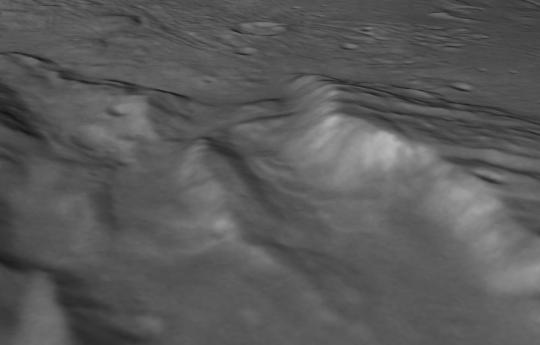

#astronomy#nasa#astronomers#universe#astrophotography#nasa photos#nasawebb#astrophysics#outer space#hubble space telescope#astrology#astronomy photography#astronomy picture of the day#astro observations#astro notes#astro community#astrography#our universe#nebula#pluto#planets#planet#nasa picture of the day#goddard space flight center#galaxies#galaxy#spacecraft#new horizons#space exploration#space
20K notes
·
View notes
Text




Orion Nebula by NASA Hubble Space Telescope
#stars#universe#nebula#space#hubble telescope#nasa#cosmic#astronomy#astrophotography#photography#aesthetic#curators on tumblr#glow#uploads
2K notes
·
View notes
Text
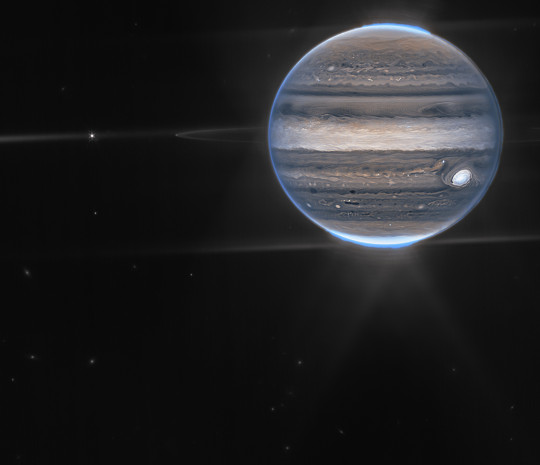
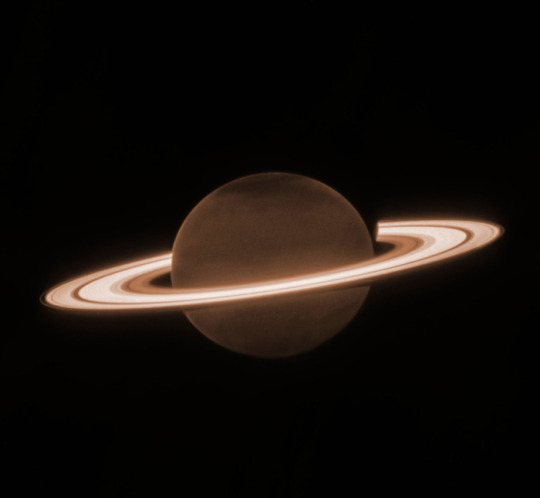

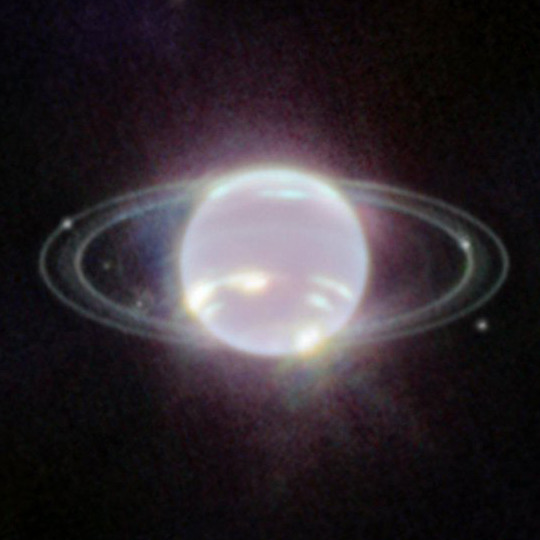
Webb captures the Rings of Giant Planets
#jupiter#solar system#saturn#uranus#neptune#space#nasa#webb#astrophotography#astronomy#james webb telescope#universe#stars#sky#galaxy#planets
28K notes
·
View notes
Text
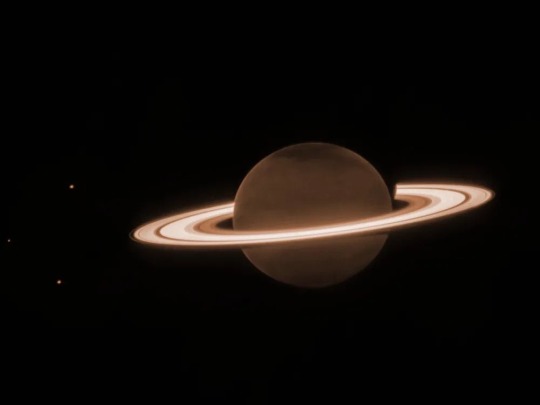
The first image of Saturn from the James Webb Space Telescope
6K notes
·
View notes
Text

Observations from both NASA’s James Webb and Hubble space telescopes created this colorful image of galaxy cluster MACS0416. The colors of different galaxies indicate distances, with bluer galaxies being closer and redder galaxies being more distant or dusty. Some galaxies appear as streaks due to gravitational lensing — a warping effect caused by large masses gravitationally bending the space that light travels through.
Like Taylor Swift, Our Universe Has Gone Through Many Different Eras
While Taylor's Eras Tour explores decades of music, our universe’s eras set the stage for life to exist today. By unraveling cosmic history, scientists can investigate how it happened, from the universe’s origin and evolution to its possible fate.
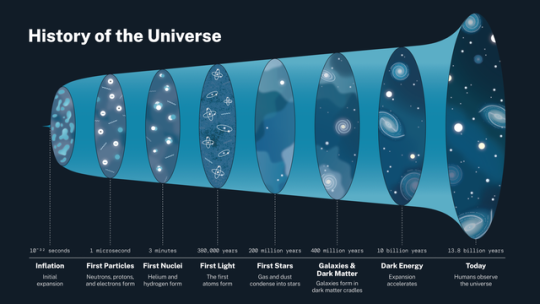
This infographic outlines the history of the universe.
0 SECONDS | In the beginning, the universe debuted extremely small, hot, and dense
Scientists aren’t sure what exactly existed at the very beginning of the universe, but they think there wasn’t any normal matter or physics. Things probably didn’t behave like we expect them to today.

Artist's interpretation of the beginning of the universe, with representations of the early cosmos and its expansion.
10^-32 SECONDS | The universe rapidly, fearless-ly inflated
When the universe debuted, it almost immediately became unstable. Space expanded faster than the speed of light during a very brief period known as inflation. Scientists are still exploring what drove this exponential expansion.
youtube
1 MICROSECOND | Inflation’s end started the story of us: we wouldn’t be here if inflation continued
When inflation ended, the universe continued to expand, but much slower. All the energy that previously drove the rapid expansion went into light and matter — normal stuff! Small subatomic particles — protons, neutrons, and electrons — now floated around, though the universe was too hot for them to combine and form atoms.
The particles gravitated together, especially in clumpy spots. The push and pull between gravity and the particles’ inability to stick together created oscillations, or sound waves.
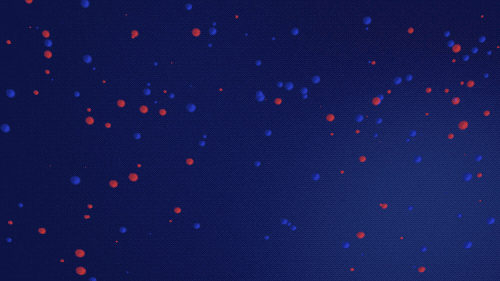
Artist's interpretation of protons and neutrons colliding to form ionized deuterium — a hydrogen isotope with one proton and one neutron — and ionized helium — two protons and two neutrons.
THREE MINUTES | Protons and neutrons combined all too well
After about three minutes, the universe had expanded and cooled enough for protons and neutrons to stick together. This created the very first elements: hydrogen, helium, and very small amounts of lithium and beryllium.
But it was still too hot for electrons to combine with the protons and neutrons. These free electrons floated around in a hot foggy soup that scattered light and made the universe appear dark.
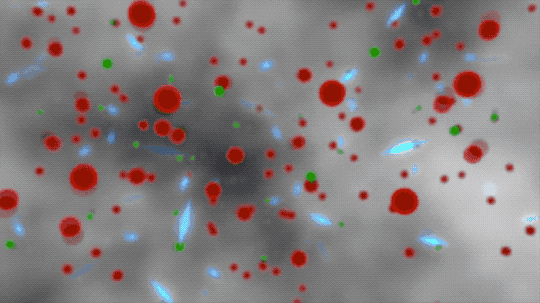
This animated artist’s concept begins by showing ionized atoms (red blobs), free electrons (green blobs), and photons of light (blue flashes). The ionized atoms scattered light until neutral atoms (shown as brown blobs) formed, clearing the way for light to travel farther through space.
380 THOUSAND YEARS | Neutral atoms formed and left a blank space for light
As the universe expanded and cooled further, electrons joined atoms and made them neutral. With the electron plasma out of the way, some light could travel much farther.

An image of the cosmic microwave background (CMB) across the entire sky, taken by ESA's (European Space Agency) Planck space telescope. The CMB is the oldest light we can observe in the universe. Frozen sound waves are visible as miniscule fluctuations in temperature, shown through blue (colder) and red (warmer) coloring.
As neutral atoms formed, the sound waves created by the push and pull between subatomic particles stopped. The waves froze, leaving ripples that were slightly denser than their surroundings. The excess matter attracted even more matter, both normal and “dark.” Dark matter has gravitational influence on its surroundings but is invisible and does not interact with light.

This animation illustrates the absorption of photons — light particles — by neutral hydrogen atoms.
ALSO 380 THOUSAND YEARS | The universe became dark — call it what you want, but scientists call this time period the Dark Ages
Other than the cosmic microwave background, there wasn't much light during this era since stars hadn’t formed yet. And what light there was usually didn't make it very far since neutral hydrogen atoms are really good at absorbing light. This kicked off an era known as the cosmic dark ages.
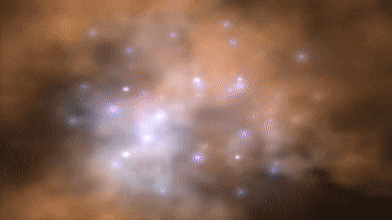
This animation illustrates the beginning of star formation as gas begins to clump due to gravity. These protostars heat up as material compresses inside them and throw off material at high speeds, creating shockwaves shown here as expanding rings of light.
200 MILLION YEARS | Stars created daylight (that was still blocked by hydrogen atoms)
Over time, denser areas pulled in more and more matter, in some places becoming so heavy it triggered a collapse. When the matter fell inward, it became hot enough for nuclear fusion to start, marking the birth of the first stars!
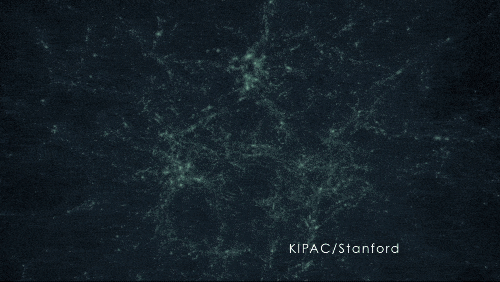
A simulation of dark matter forming structure due to gravity.
400 MILLION YEARS | Dark matter acted like an invisible string tying galaxies together
As the universe expanded, the frozen sound waves created earlier — which now included stars, gas, dust, and more elements produced by stars — stretched and continued attracting more mass. Pulling material together eventually formed the first galaxies, galaxy clusters, and wide-scale, web-like structure.
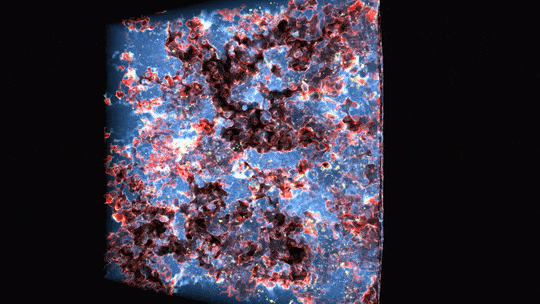
In this animation, ultraviolet light from stars ionizes hydrogen atoms by breaking off their electrons. Regions already ionized are blue and translucent, areas undergoing ionization are red and white, and regions of neutral gas are dark and opaque.
1 BILLION YEARS | Ultraviolet light from stars made the universe transparent for evermore
The first stars were massive and hot, meaning they burned their fuel supplies quickly and lived short lives. However, they gave off energetic ultraviolet light that helped break apart the neutral hydrogen around the stars and allowed light to travel farther.

Animation showing a graph of the universe’s expansion over time. While cosmic expansion slowed following the end of inflation, it began picking up the pace around 5 billion years ago. Scientists still aren't sure why.
SOMETIME AFTER 10 BILLION YEARS | Dark energy became dominant, accelerating cosmic expansion and creating a big question…?
By studying the universe’s expansion rate over time, scientists made the shocking discovery that it’s speeding up. They had thought eventually gravity should cause the matter to attract itself and slow down expansion. Some mysterious pressure, dubbed dark energy, seems to be accelerating cosmic expansion. About 10 billion years into the universe’s story, dark energy – whatever it may be – became dominant over matter.

An image of Earth rising in the Moon’s sky. Nicknamed “Earthrise,” Apollo 8 astronauts saw this sight during the first crewed mission to the Moon.
13.8 BILLION YEARS | The universe as we know it today: 359,785,714,285.7 fortnights from the beginning
We owe our universe today to each of its unique stages. However, scientists still have many questions about these eras.
Our upcoming Nancy Grace Roman Space Telescope will look back in time to explore cosmic mysteries like dark energy and dark matter – two poorly understood aspects of the universe that govern its evolution and ultimate fate.
Make sure to follow us on Tumblr for your regular dose of space!
#NASA#astronomy#telescope#Roman Space Telescope#space#science#Nancy Grace Roman#STEM#cosmology#YouTube#Taylor Swift#the eras tour
2K notes
·
View notes
Text
sure the world might be ending but look at the pictures of the universe that the james webb telescope took







#life is awful#but the universe is still there#and so maybe things arent all that bad#space#science#james webb space telescope#james webb telescope#space news#stars#universe
2K notes
·
View notes
Text
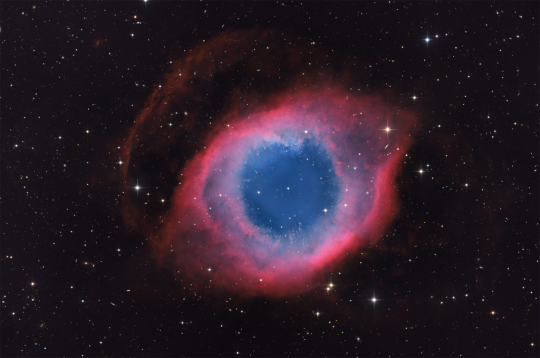


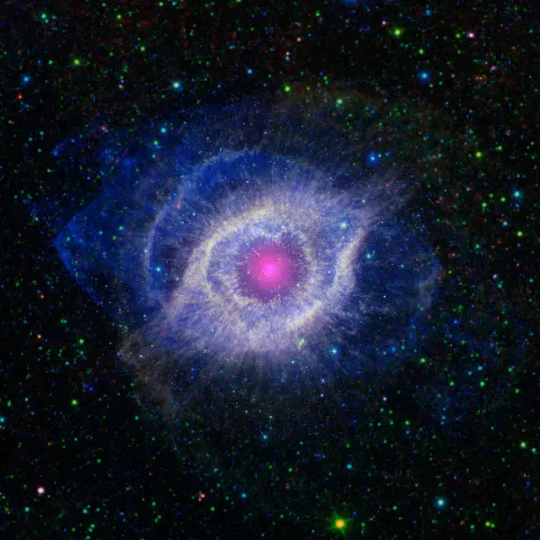
The Helix Nebula © 1/2/3/4
#nebula#space#helix nebula#astrophotography#hubble telescope#spitzer#stars#galaxy#universe#nasa#astronomy#apod#cosmos#solar system#night sky
7K notes
·
View notes
Text
For a while now I've been wanting to try painting over the Pillars of Creation photo taken by the Webb telescope.
When I was a kid I thought the earlier version looked like a bunch of dragons racing to the sky, and I think the new pic looks even more like it, so, here they are~
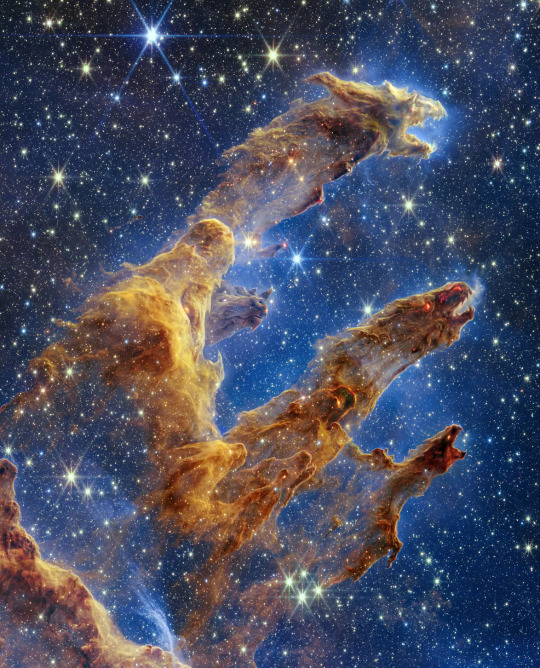
For reference, same crop of the photo down here:
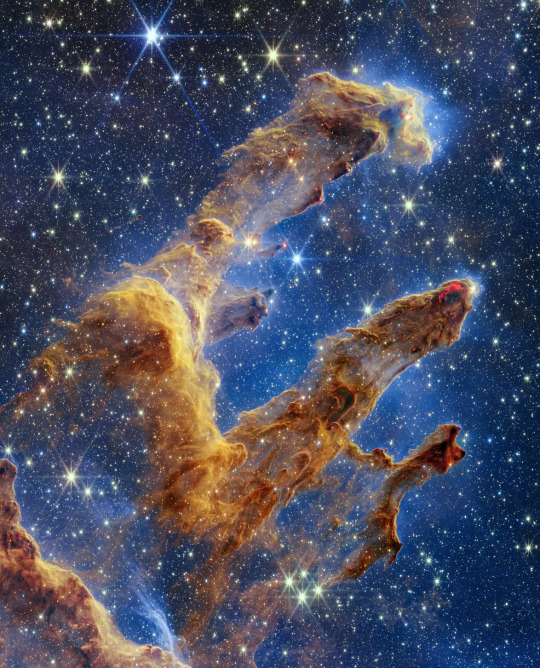
#a lil paint over for a relaxey afternoon#pillars of creation#dragons#everything is better with more dragons in it#james webb images#james webb telescope#myart#space#otherart#allmyart
30K notes
·
View notes
Text

Aurora on Saturn's south pole.
Instagram: nasahubble
#saturn#solar system#planets#aurora#solar storm#galaxy#milky way#celestial#outer space#universe#aesthetic post#much to ponder#hubble space telescope#hubble telescope#nasa photos#nasa#spirituality#astronomy#astrology
2K notes
·
View notes